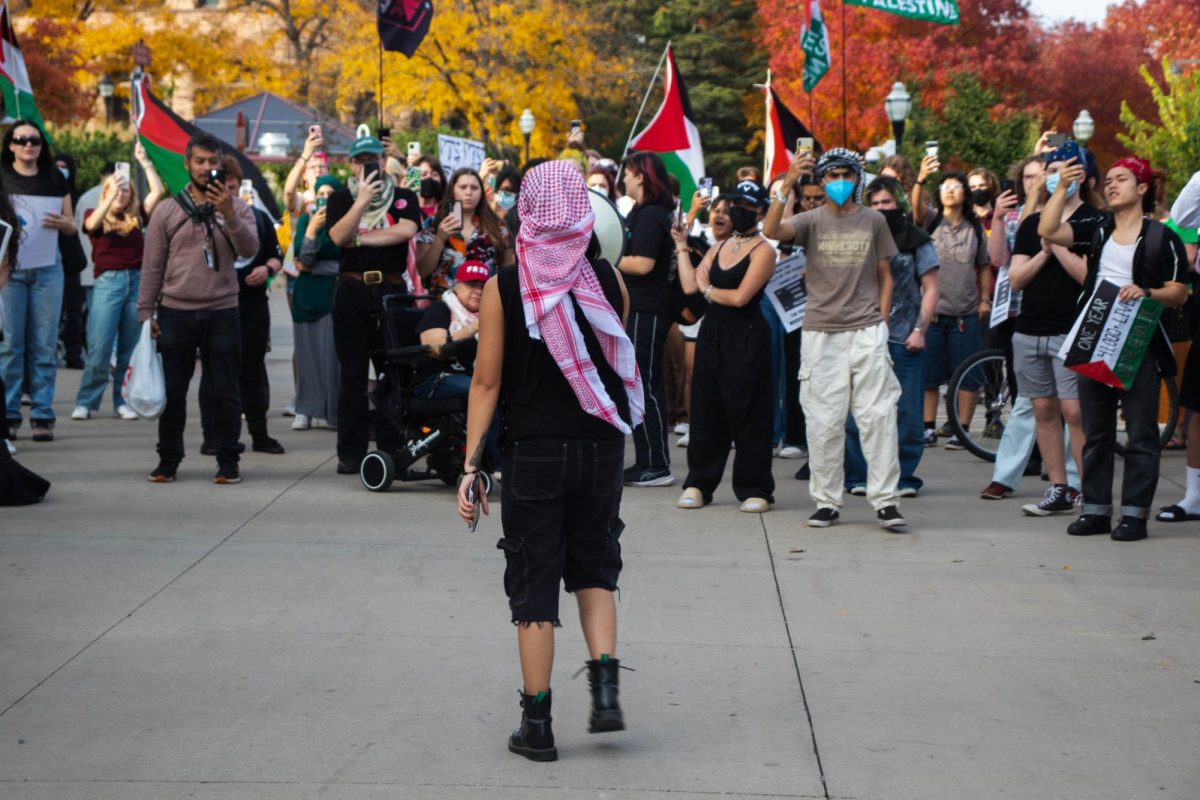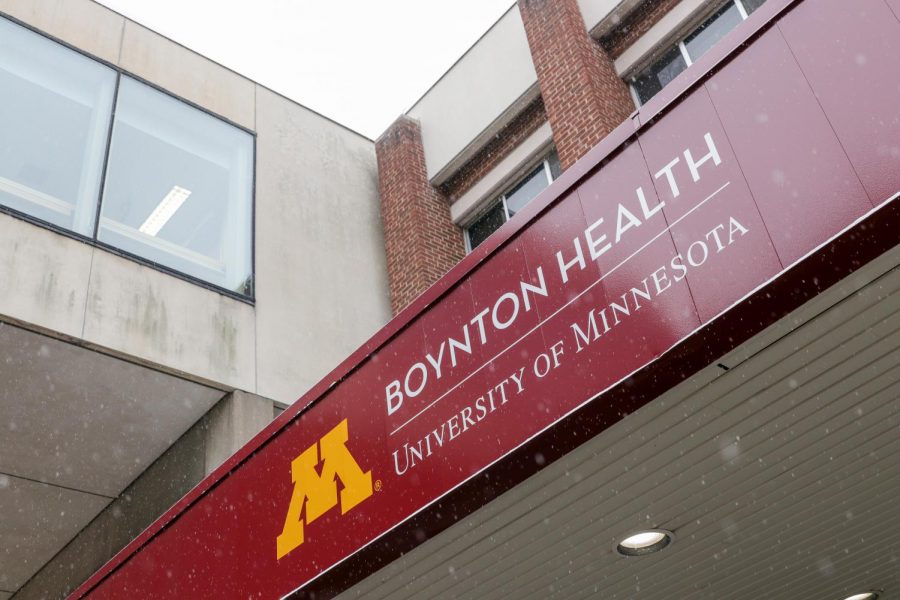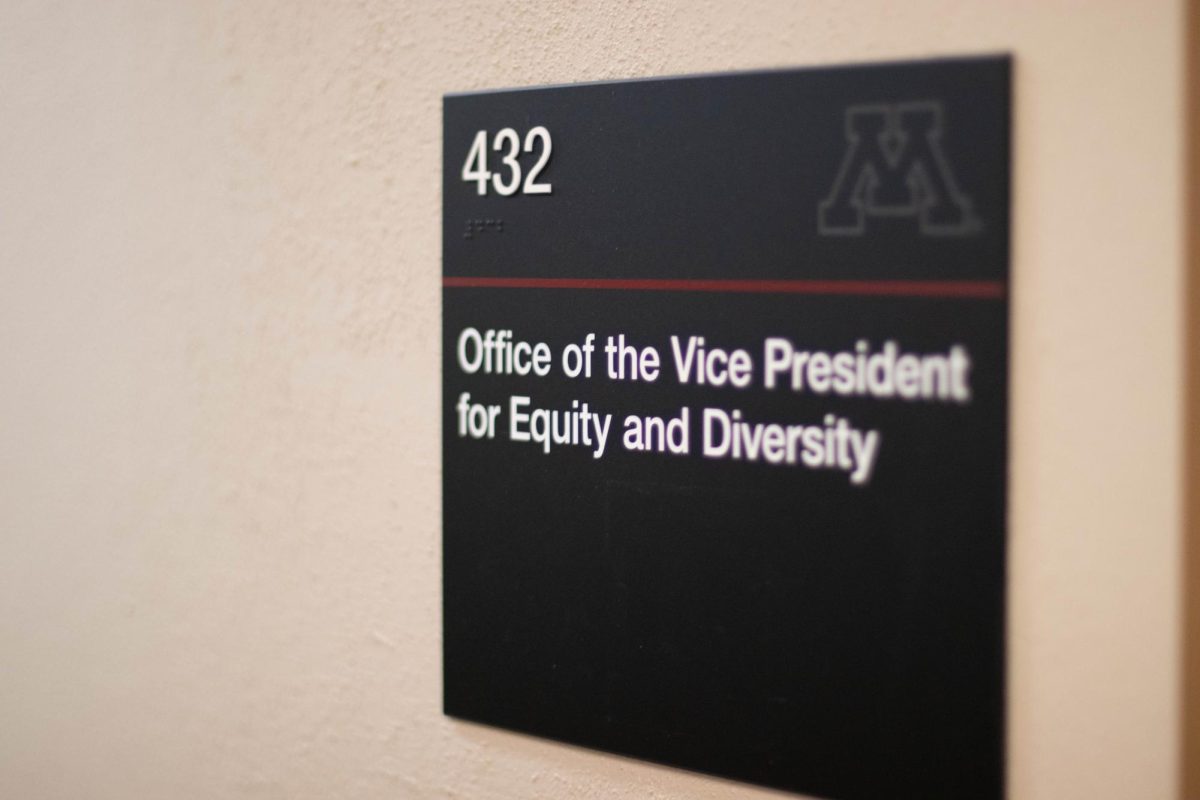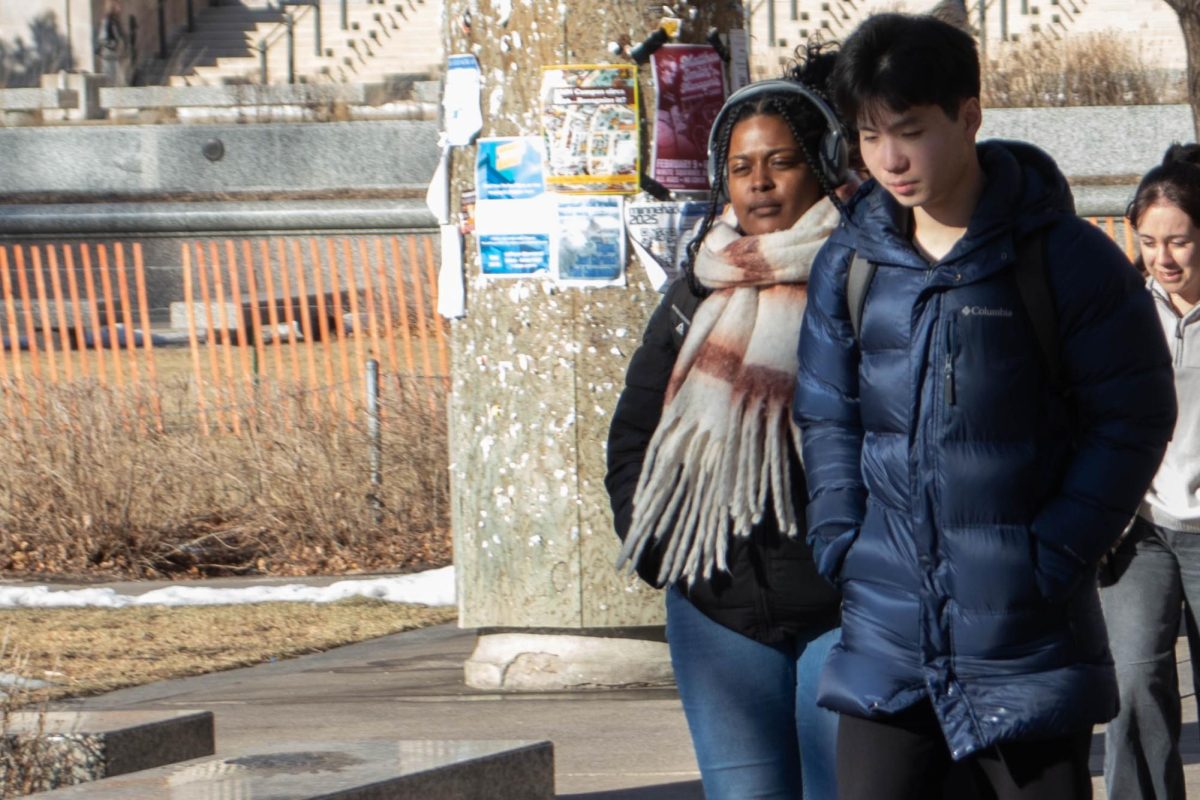As the fall academic semester begins in less than a month, students are beginning to receive their financial aid offers.
The delays, a result of complications with the newly updated FAFSA form, are coming at a time of unprecedented lows, with high school senior submissions dropping to 37%, according to CNN. These declines in student financial aid applications come at a time of heavy criticism for the United States Department of Education and its decision to update the FAFSA form.
The new form, implemented during the most recent application cycle, makes it harder for some students to apply. Due to the new parent involvement system, it has become difficult for parents without Social Security numbers to complete their portion of the form.
However, the University of Minnesota’s Office of Student Finance said they feel confident they have helped students navigate the new financial aid process.
“The Office of Student Finance and One Stop Student Services have worked diligently to minimize impacts of the 2024-2025 FAFSA rollout by the U.S. Department of Education,” said Nate Peterson, Director of the Office of Student Finance, in an email statement to the Minnesota Daily. “The University began sending out financial aid notices to students the week of July 22, 2024. We encourage students to log into MyU and check their financial aid status.”
Peterson said if students have questions about their financial aid, they can contact the Office of Student Finances or One Stop Student Services. He said he is confident in the work that has already been done to resolve issues among students.
“At this time, the vast majority of students have received their financial aid package,” Peterson said. “For students with an identified issue regarding their 2024-2025 financial aid, our offices have sent emails to students’ UMN email addresses to resolve any outstanding issues. While we share in students’ frustration at the rollout of the 2024-2025 FAFSA, we are confident that we have minimized impacts and will continue to support our students.”
However, nationally, many students have not been updated on their financial aid since they submitted their forms.
Cal Shin, an undergraduate student at Dartmouth College, said she is struggling to prepare her finances for the upcoming semester.
“I had no choice but to fill out the paper FAFSA and mail it,” Shin said. “So, I have mailed the FAFSA before my school’s deadline of April, but unfortunately it is yet to be processed. There was an update on July 30, saying that they have identified 34,000 unique forms, and out of those forms, 25,000 can be processed while 9,000 have to be returned for missing information. I am fervently hoping that I’m one of the 25,000 forms.”
Shin said she works in admissions and worries the updated forms will make accessing federal loans more difficult for low-income students, first-generation students and immigrant families.
“Those are the people that are getting impacted the most,” Shin said. “It was supposed to make it easier for first-generation, low-income families to fill out the FAFSA and get it processed, but it’s only made it harder on them. If you look at news articles from any reputable source on FAFSA statistics, you’ll find there’s been a very significant drop in students who have completed the FAFSA compared to previous years.”
More than 87% of first-year students receive financial aid in some form, and students attending public universities borrow an average of $29,250 to attain a bachelor’s degree, according to the Education Data Initiative.
A second-year student at the Community College of Baltimore County, who requested anonymity due to job security, said his future in college was put in jeopardy.
Working as a part of the Community College of Baltimore County’s International Student Service Office, he said management put him on an indefinite leave until his FAFSA information was returned and a new contract for the upcoming semester could be put in place.
“My work-study was my sole source of income altogether,” he said. “I just got an email this morning about them wanting to bring me in to renew my contract. But with financial aid being the way it has been over the summer, it almost makes it not worth it. Don’t get me wrong, I love the job that I have, but the organization of the financial aid and the difficulties make it hard to make a decision.”
With less than a month until most universities start their new academic year, Shin said students are still waiting to receive their financial aid.
“We’re just waiting to see what happens, just wishing we’re part of the 25,000, and hoping for the best, because there’s nothing more we can do,” Shin said.














